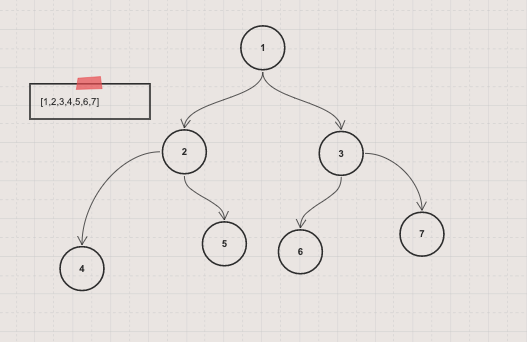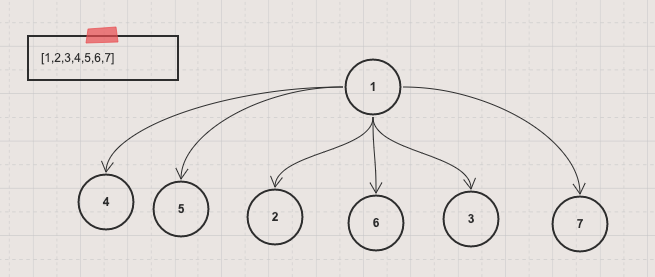0684. Redundant Connection¶
In this problem, a tree is an undirected graph that is connected and has no cycles.
The given input is a graph that started as a tree with N nodes (with distinct values 1, 2, ..., N), with one additional edge added. The added edge has two different vertices chosen from 1 to N, and was not an edge that already existed.
The resulting graph is given as a 2D-array of edges. Each element of edges is a pair [u, v] with u < v, that represents an undirected edge connecting nodes u and v.
Return an edge that can be removed so that the resulting graph is a tree of N nodes. If there are multiple answers, return the answer that occurs last in the given 2D-array. The answer edge [u, v] should be in the same format, with u < v.
Example 1:
Input: [[1,2], [1,3], [2,3]]
Output: [2,3]
Explanation: The given undirected graph will be like this:
1
/ \
2 - 3
Example 2:
Input: [[1,2], [2,3], [3,4], [1,4], [1,5]]
Output: [1,4]
Explanation: The given undirected graph will be like this:
5 - 1 - 2
| |
4 - 3
Note:
The size of the input 2D-array will be between 3 and 1000.
Every integer represented in the 2D-array will be between 1 and N, where N is the size of the input array.
Update (2017-09-26): We have overhauled the problem description + test cases and specified clearly the graph is an undirected** graph. For the directed* graph follow up please see Redundant Connection II*). We apologize for any inconvenience caused.
Analysis¶
To fast determine if there is a cycle given edges, we can check if any two given two nodes already sharing the same parent, with Union-Find with path compression, we can "almost" get in done with O(1).
Before Compression

After Compression

-- as you can see to determine if one node belong to any root we can run it with O(1)
Code¶
class Solution {
public:
vector<int> p;
int find(int x) {
if (x != p[x]) p[x] = find(p[x]);
return p[x];
}
vector<int> findRedundantConnection(vector<vector<int>>& edges) {
p = vector<int>(edges.size() + 1);
for (int i = 1; i <= edges.size(); ++i) p[i] = i;
for (auto e : edges) {
int u = e[0], v = e[1];
int r1 = find(u), r2 = find(v);
if (r1 == r2) return e;
else p[r1] = r2;
}
return {0, 0};
}
};